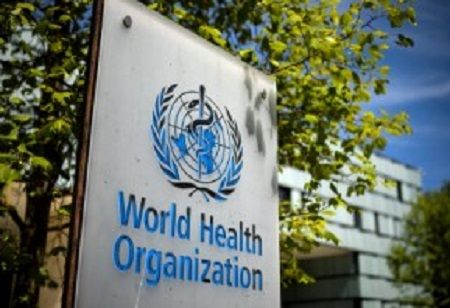India Pharma Outlook Team | Thursday, 27 November 2025

The World Health Organization (WHO) has published the Integrated Drug Resistance Action Framework for HIV, hepatitis B and C, as well as sexually transmitted infections (STIs) for 2026–2030, which serves as a crucial strategy to tackle the increasing danger of drug resistance and to protect advancements aimed at eradicating AIDS and the epidemics of hepatitis B, hepatitis C, and STIs as public health issues.
Resistance to drugs poses a significant obstacle to prevention and treatment initiatives. Lack of immediate, coordinated efforts may result in more new infections, treatment failures, increased preventable morbidity and mortality, and could jeopardize global elimination objectives.
Also Read: Saviynt Helps Narayana Health Streamline Identity Security
The updated framework suggests a cohesive method to avert the development and transmission of resistance and lessen its effects by utilizing integrated, people-focused strategies.
The Framework specifies five key strategic areas: response and prevention; surveillance and monitoring; innovation and research; capacity in laboratories; and governance along with enabling mechanisms. It highlights the importance of antimicrobial stewardship, enhanced surveillance systems, and fair access to quality services for prevention, diagnosis, and treatment of HIV, hepatitis B and C, and STIs.
“Drug resistance threatens decades of progress in HIV, hepatitis and STI control. This framework is a call to action for countries, communities and partners to unite around a shared agenda,” said Dr Tereza Kasaeva, director of WHO’s Department for HIV, tuberculosis, hepatitis and sexually transmitted infections.
“Together, we can preserve the effectiveness of life-saving antimicrobial drugs and accelerate progress toward ending these epidemics.”